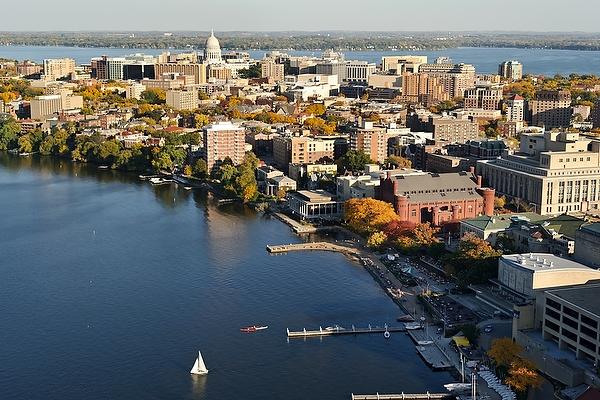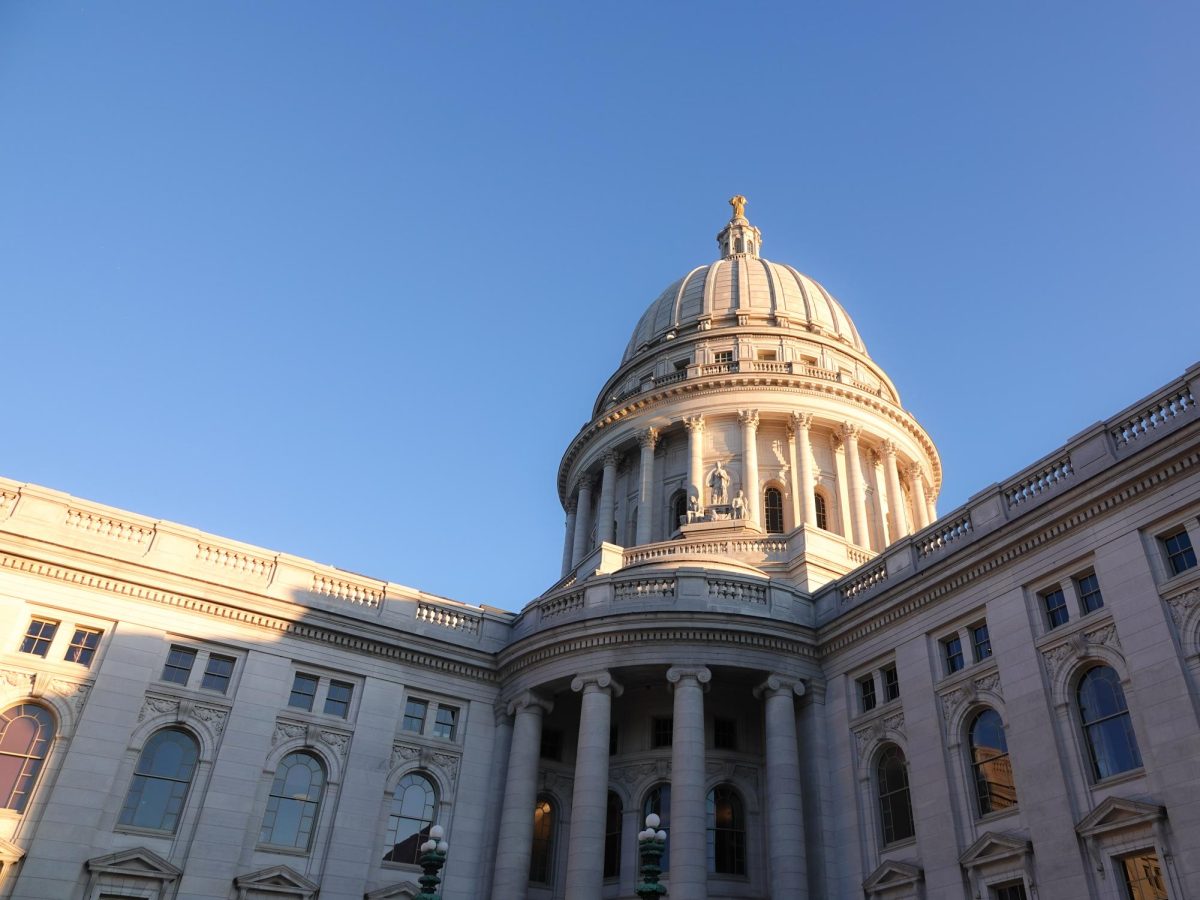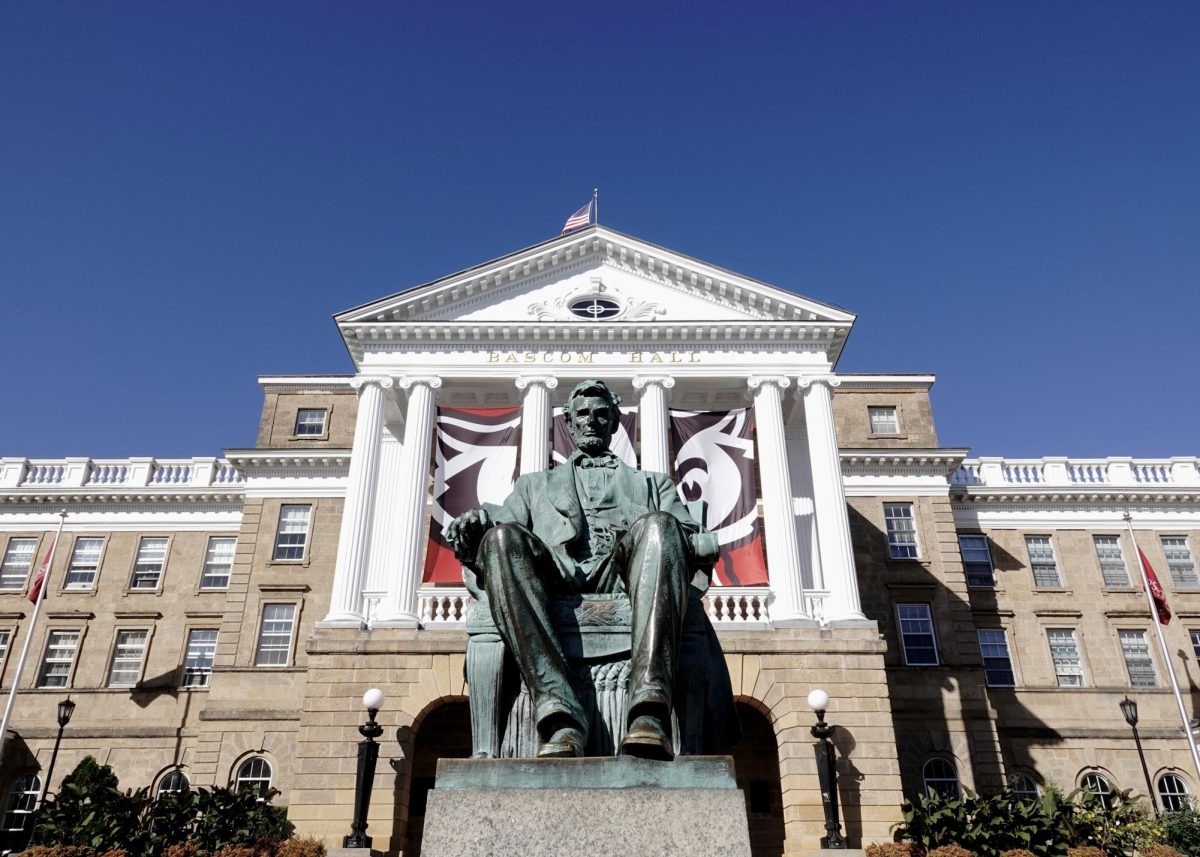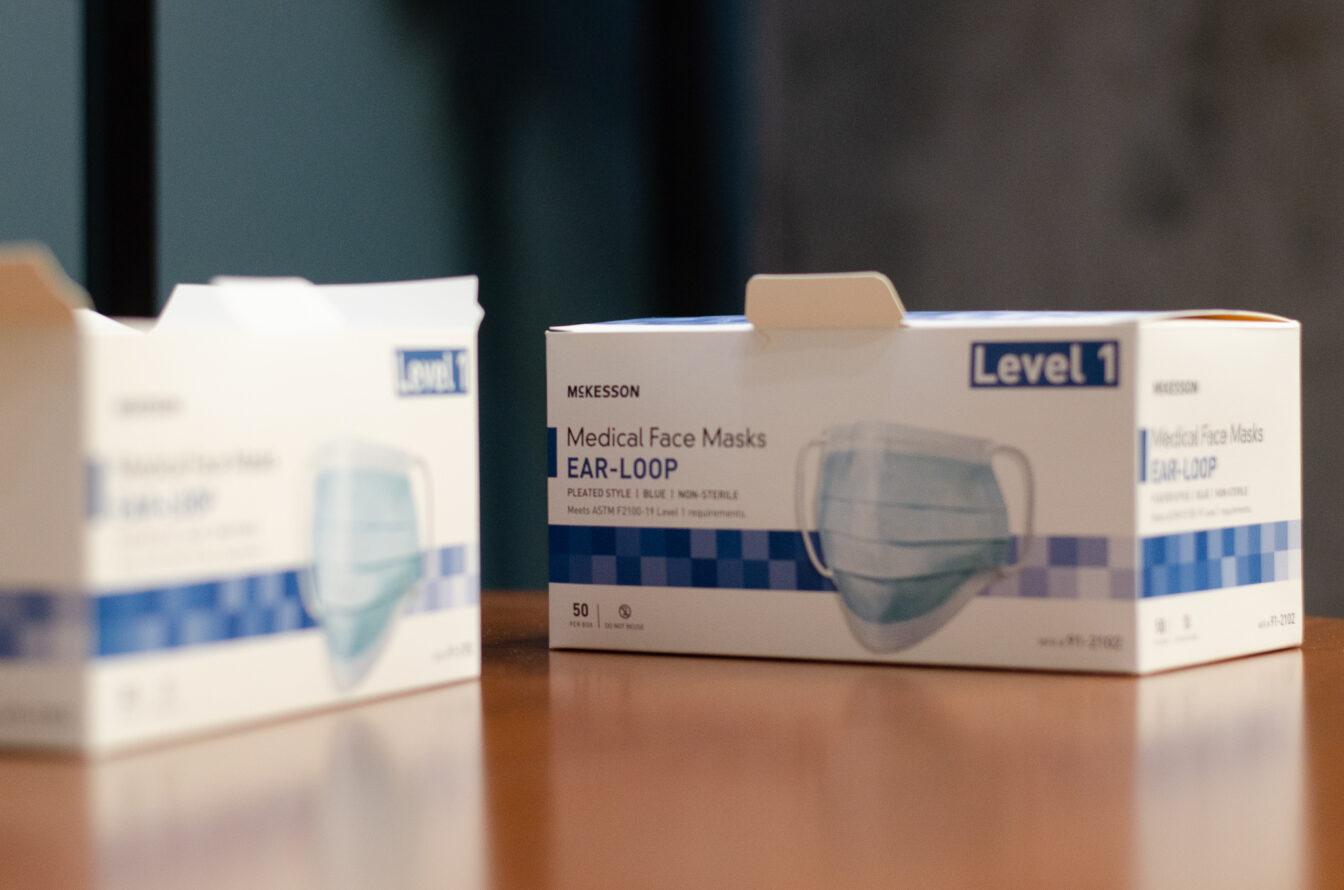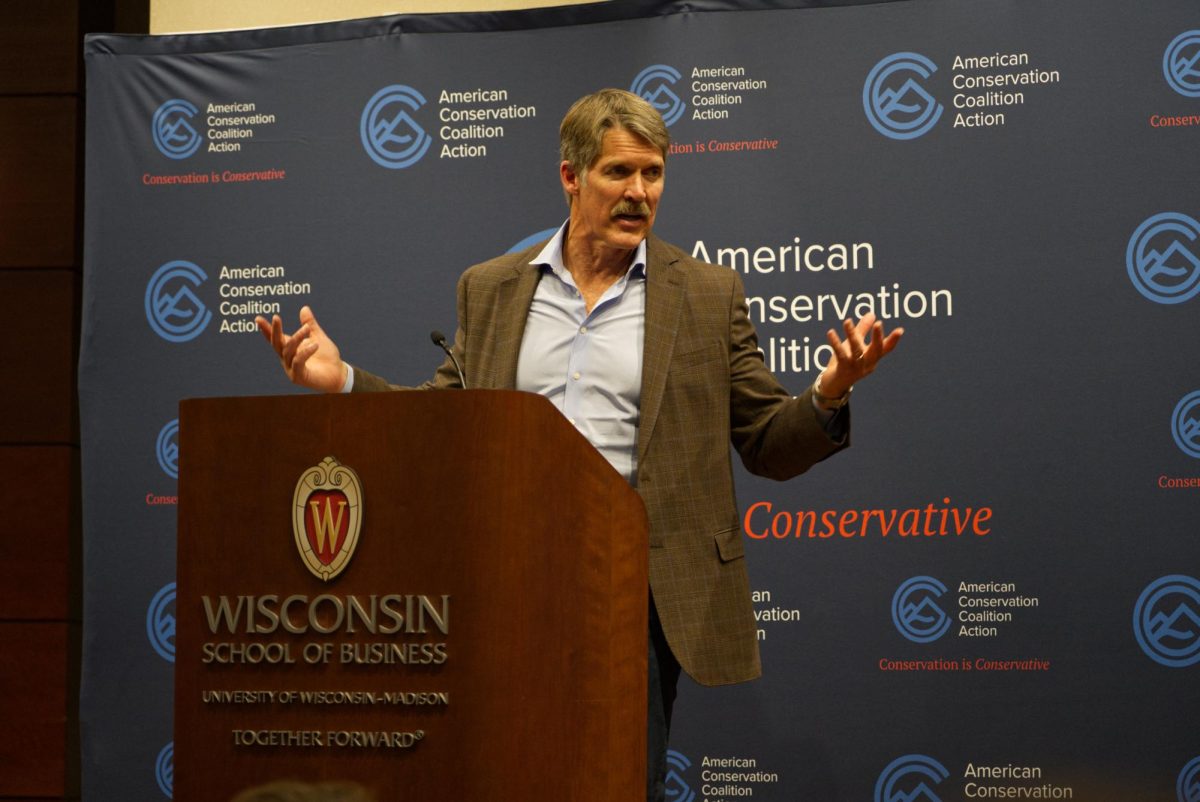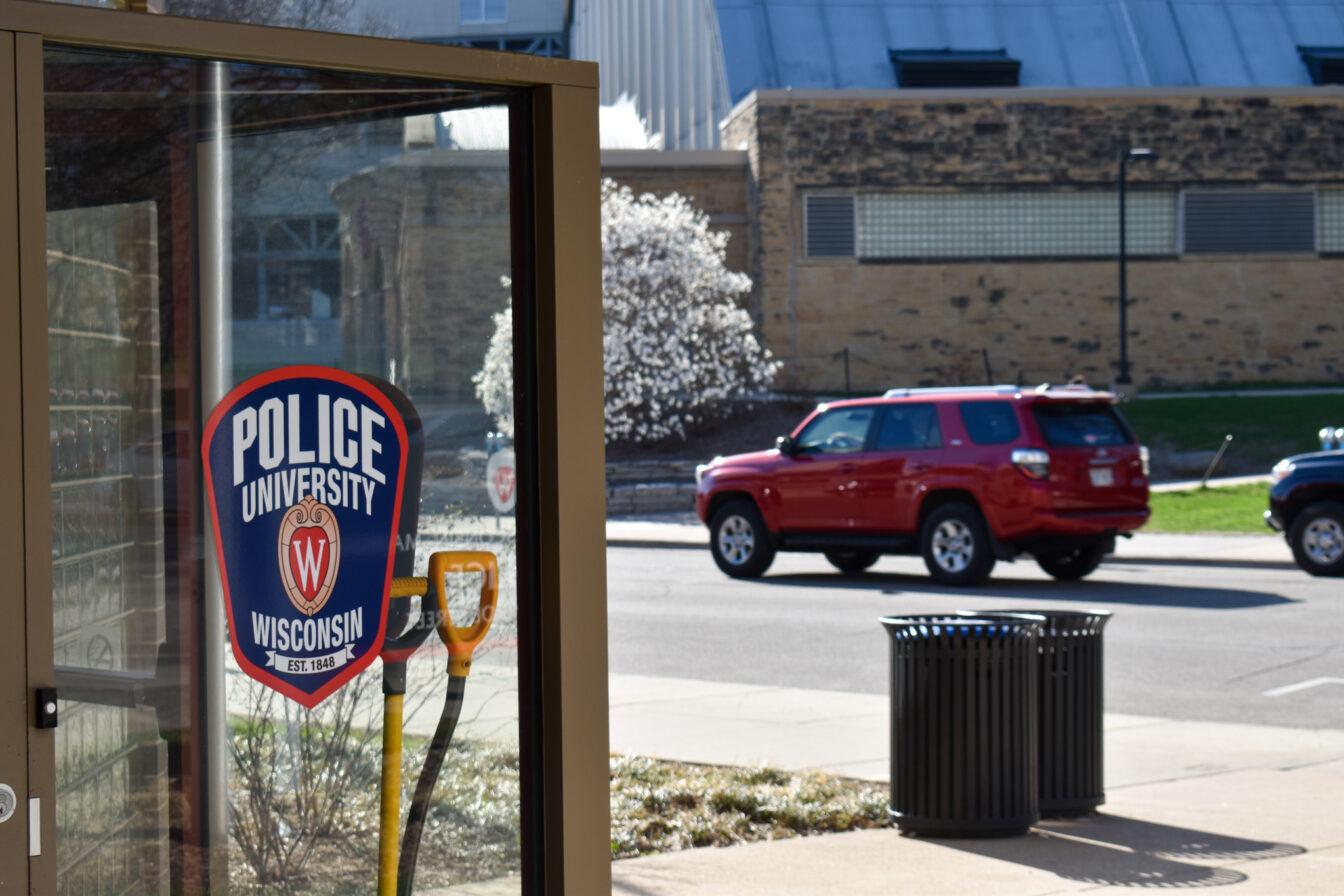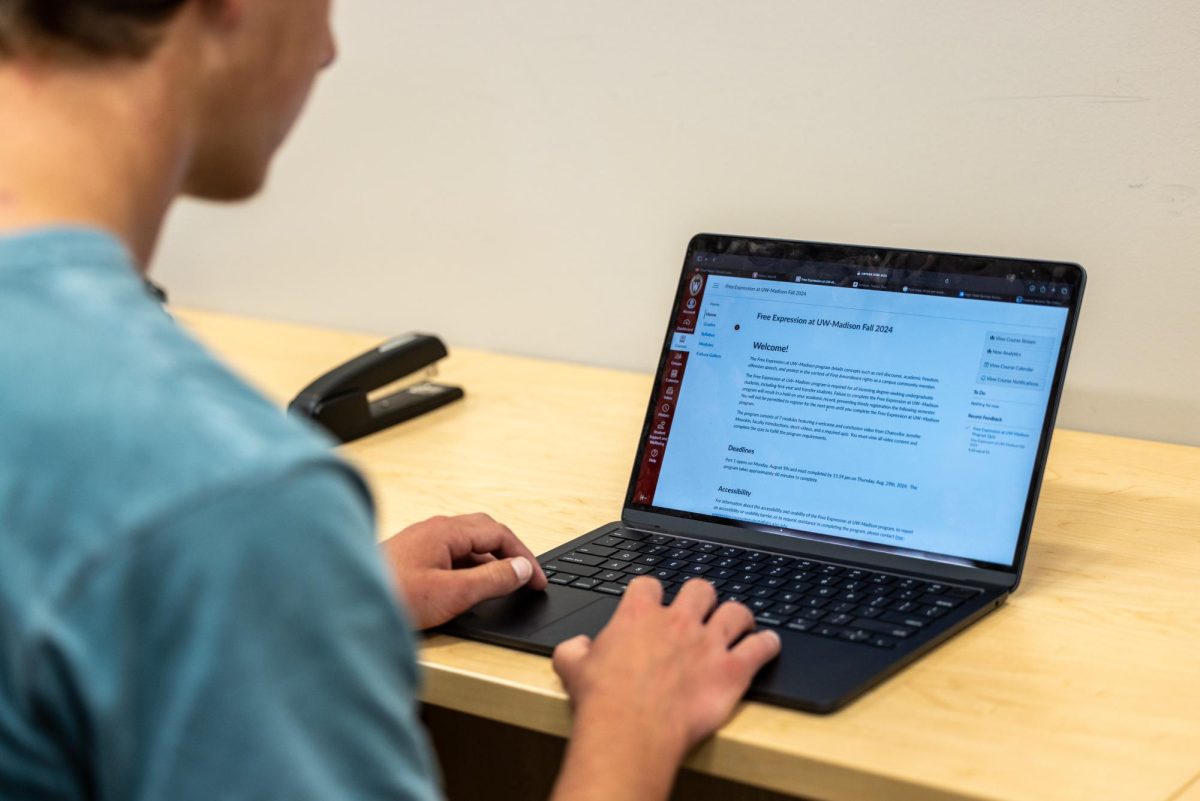University of Wisconsin representatives presented alternative ideas for the Campus Master Plan to Madison city officials Monday that include projects for seven areas around campus.
Each proposed concept includes a possible two way bike lane on University Avenue, a bridge across North Charter Street and ways to increase green space in courtyards and along streets. Officials said they hope students will take an interest in the plan and voice their opinions.

All of the proposed projects are aimed at better connecting campus, either in terms of transportation or psychologically with more architectural continuity.
Gary Brown, director of UW Planning and Landscape Architecture, said the goal of the master plan is to revitalize outdoor spaces, highlight UW’s lakeside setting and make transportation easier.
For transportation, Brown said a proposed two-way bike lane completely separated by a median strip from car traffic would likely increase bike use.
Associated Students of Madison representative Tobin McGilligan said students on the fence about biking to class are often daunted by the prospect of using the eastbound bike lane.
“The setup at University Avenue is often one of the biggest deterrents [to bike use],” McGilligan said.

A proposed bridge over North Charter at the Linden intersection has been proposed and designers hope to give the bridge an impressive look. Brown said the plan is for the bridge to have a “wow factor” to encourage student use, and pointed to European examples with elaborate designs and built in green space.
Another proposal would involve turning the campus portion of Dayton Street into a “green street,” with more trees and grass between the street and sidewalk.

Another plan involves creating a woodland walk to Lake Mendota from North Charter Street.

One option will close Observatory Drive and allow more room for recreational activities.
The presentation also contained possible quad locations and converting some minor streets into managed streets.
UW assistant planner Aaron Williams said he hopes students will take a more active role in deciding the future of the campus.
“We’re always looking for feedback, but ‘engage’ is kind of a term students get away from, but it’s what the consultants gave us,” Williams said.



